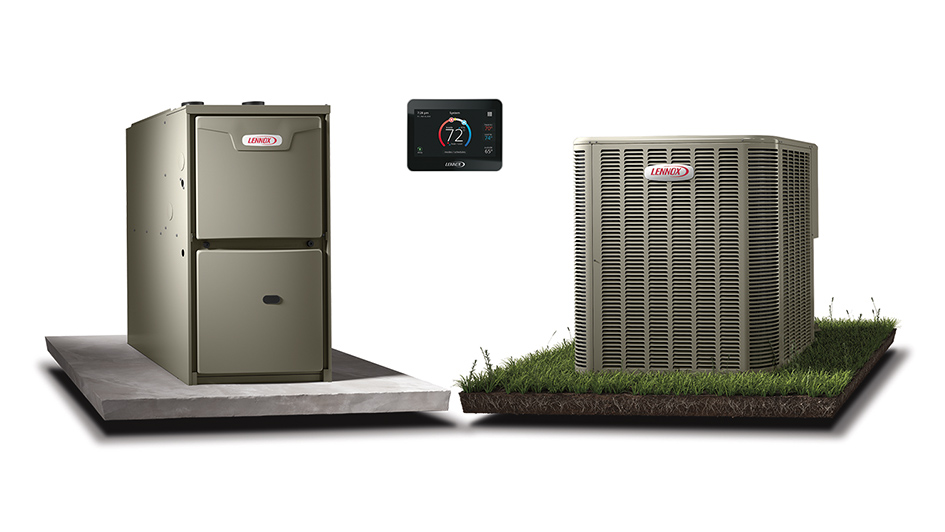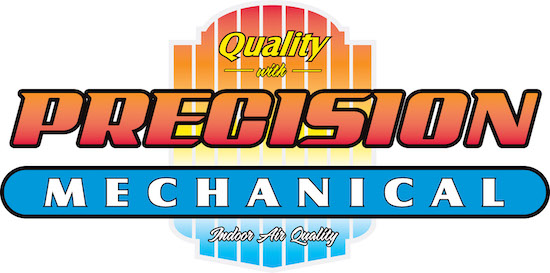
The idea of installing both a furnace and heat pump can seem somewhat strange at first. After all, why would you need two heating systems? While furnaces and heat pumps both offer energy-efficient heat, the variations in their design really make employing both of them a worthwhile option. It’s not for all of us, but under the right conditions you will truly benefit from having a furnace and a heat pump.
You’ll need to consider several factors in order to decide if this sort of setup suits you. Your local climate and the size of your home are both very important, especially for the heat pump. This is because numerous models of heat pumps will work less efficiently in colder weather and bigger homes. That being said, you can still reap the benefits of heat pump installation in Rapid City.
Heat Pumps Can Be Less Effective in Colder Weather
Heat pumps are generally less effective in colder weather due to how they provide climate control to begin with. As opposed to furnaces, which burn fuel to provide heat, a heat pump reverses its supply of refrigerant to pull heat from outdoor air. This heat is then brought inside and distributed throughout your home. As long as there is still some heat energy in the air, a heat pump should function. But the cooler the temperature, the less reliable this process is.
The less heat energy is available outside, the longer it takes a heat pump to bring heat indoors to generate your desired temperature. It can depend on the specific make and model, but heat pumps may start to drop in efficiency at temperatures of 40 degrees and below. They can still be an energy-efficient option until 20-25 degrees, after which a gas furnace should be more effective.
What Temperatures Do Heat Pumps Perform Best In?
Heat pumps manage best in moderate climates 40 degrees and up. Having said that, you don’t have to sacrifice the benefits of a heat pump just because the local climate is colder. After all, that’s why installing both a furnace and heat pump can be worth the cost. You can keep the heat pump for energy-efficient heat until the weather is cold enough to warrant shifting to something like a gas furnace.
Some makes and models claim greater efficiency in winter weather. For example, the Lennox MLA heat pump is capable of working at 100% capacity at 0°F. It can even continue running in temperatures as cold as -22°F. For optimum energy efficiency, you’ll likely still want to swap to the furnace in severely cold weather.
So Should I Install a Heat Pump if I Use a Gas Furnace?
If you’re thinking about maintaining the most energy-efficient HVAC system available, owning a heat pump and gas furnace at the same time warrants the investment. Not only is a dual-heating system adaptable, but it features other advantages including:
- Reliable backup heating – A redundant heating system means even if one fails, you still have the means to heat your home. It may not be the most energy efficient, but it’s better than living in an unheated home while you sit around for repairs.
- Lower energy costs – The ability to pick which heating system you use based on the highest energy efficiency decreases your total costs. Smaller heating bills over the life span of these heating systems can really add up to a lot of savings.
- Less strain on both systems – Compared to running one system all winter long, heating duties are split between the furnace and heat pump. Crucial parts will sometimes survive longer given that they’re not under continuous use.
If you’re still unsure about heat pump installation in Rapid City, don’t hesitate to get in touch with your local professional technicians. They can review your home’s comfort needs and help you determine if a dual-heating HVAC system is the better option.














